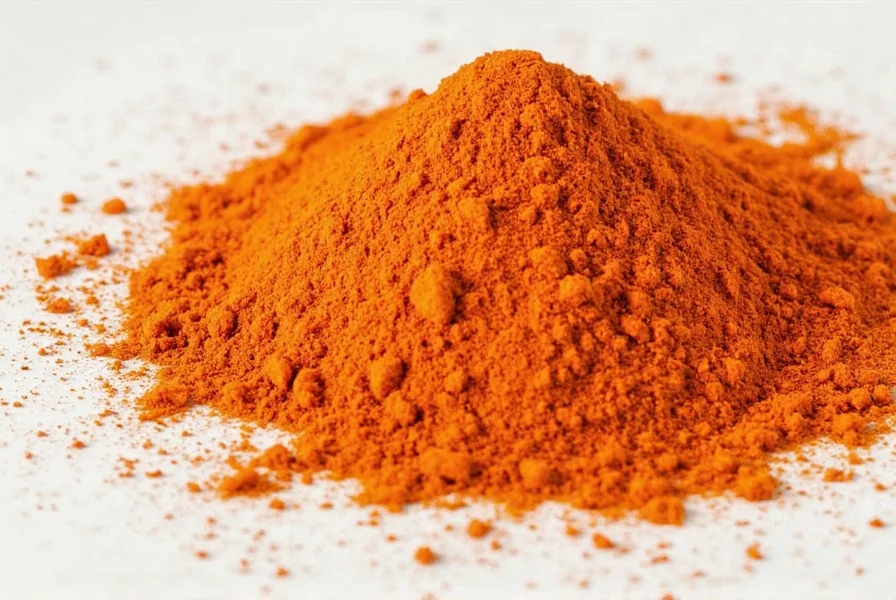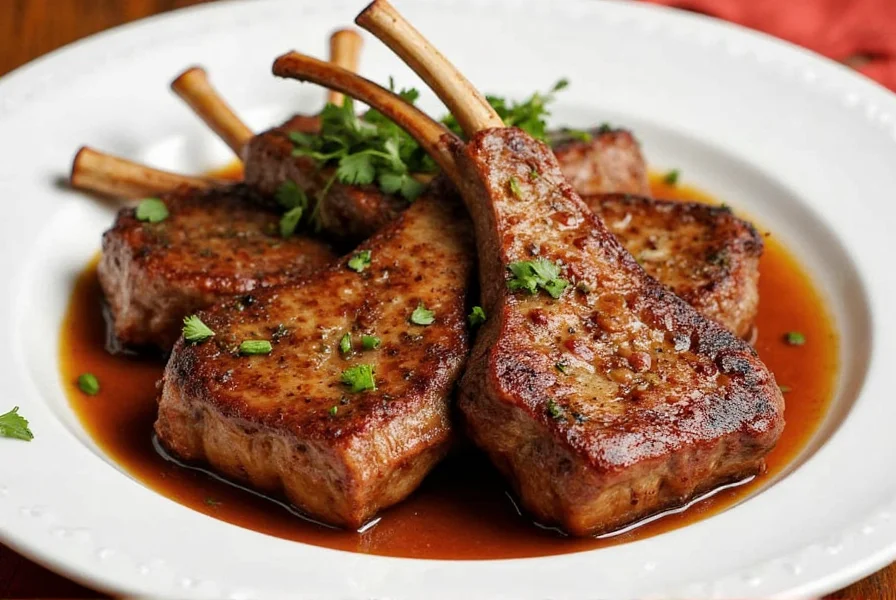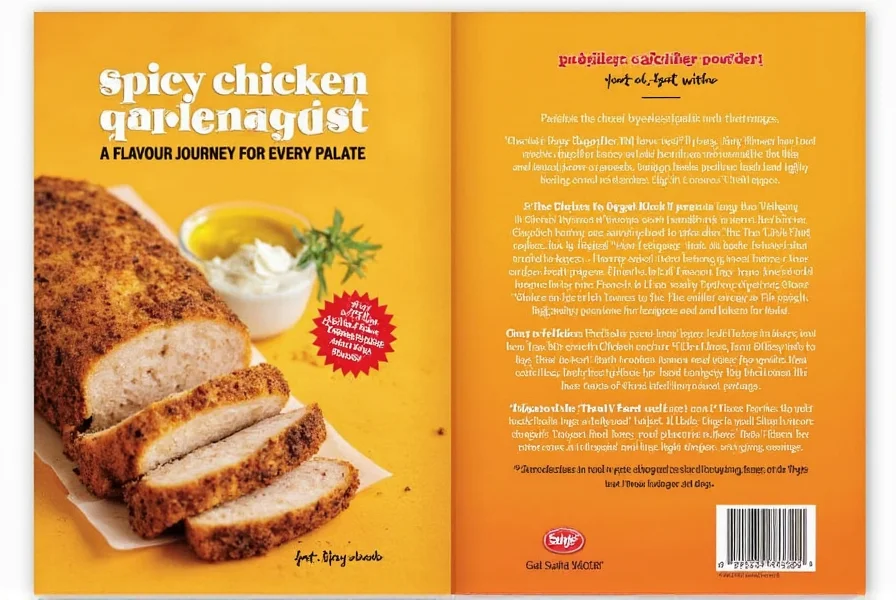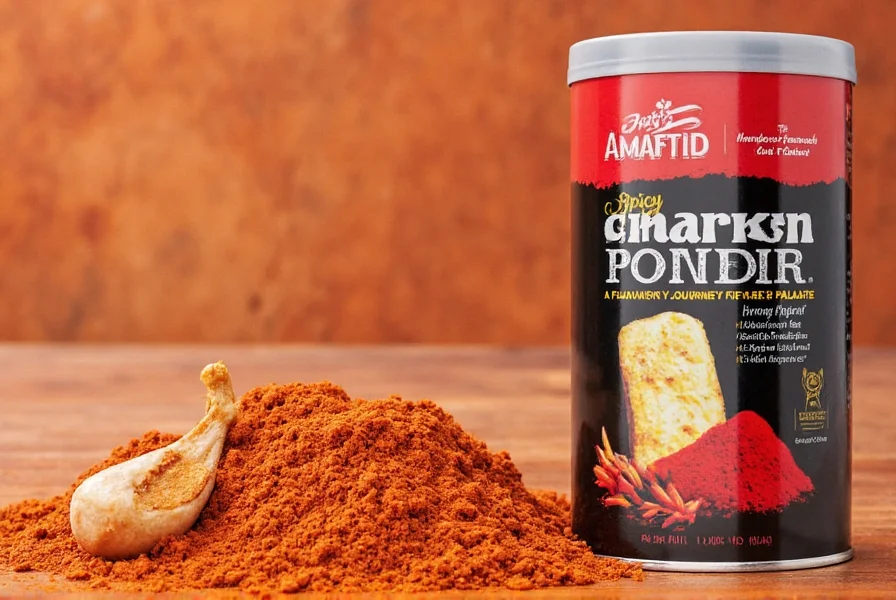Table of Contents
What Is Chicken Spicy Powder and How to Use It
Chicken spicy powder is a specialized seasoning blend designed specifically for poultry dishes, combining chili peppers, garlic, onion, and complementary spices to enhance flavor without overwhelming the chicken. Unlike generic chili powder, this blend includes ingredients optimized for chicken's natural taste profile. Here's how to use it effectively in your cooking:

For best results, apply chicken spicy powder as a dry rub before cooking. Use 1-2 teaspoons per pound of chicken, massage evenly into the meat, and let it sit for 15-30 minutes before grilling, baking, or frying. This allows the flavors to penetrate while maintaining the chicken's natural moisture.
5 Essential Usage Tips for Perfect Flavor
Tip 1: Precise Measurement for Perfect Heat
Start with 1 teaspoon per pound of chicken. Too much can overpower the dish - chicken spicy powder typically contains cayenne or red pepper flakes that deliver intense heat. Always taste before adding more. For mild heat, use 1/2 tsp per pound; for medium, 1 tsp; for hot, 1.5-2 tsp.
Tip 2: Optimal Marinade Ratios
Combine 2 tablespoons chicken spicy powder with 1 tablespoon olive oil, 1 minced garlic clove, and 1 tablespoon lemon juice for a perfect marinade. Let chicken rest for 30 minutes before cooking to allow flavors to absorb. This ratio balances heat with acidity for maximum flavor penetration.

Tip 3: Heat Level Customization
Not all chicken spicy powders are equal. For mild heat, choose blends with bell peppers and paprika as primary ingredients. For medium heat, look for cayenne as the second ingredient. For intense heat, select blends with habanero or ghost pepper as top ingredients. Always check ingredient order - the first 3 ingredients determine the flavor profile.
Tip 4: Flavor Pairing Guide
Chicken spicy powder pairs exceptionally well with:
- Citrus: Lime or lemon juice cuts through heat and adds brightness
- Herbs: Cilantro, parsley, or oregano balance the spice with freshness
- Sweet elements: A touch of honey or brown sugar creates perfect sweet-heat balance
- Umami boosters: Soy sauce or fish sauce enhances savory notes without adding saltiness
Tip 5: Storage for Maximum Freshness
Store in an airtight glass container away from light and heat. Properly stored, chicken spicy powder maintains peak flavor for 8-12 months. To test freshness, rub a small amount between your fingers - it should release a strong, aromatic scent. If it smells dull or musty, replace it.
Buying Guide: Top 3 Chicken Spicy Powder Brands Compared
| Brand | Heat Level | Best Uses | Key Ingredients | Price per Ounce |
|---|---|---|---|---|
| Spicy Blend Co. - Firecracker Mix | Hot (8/10) | Grilled chicken, BBQ ribs, wings | Cayenne, smoked paprika, garlic, onion | $0.85 |
| Global Spice Co. - Asian Fusion Blend | Mild-Medium (5/10) | Stir-fries, dumplings, noodle dishes | Szechuan pepper, ginger, star anise, garlic | $1.10 |
| Herb & Spice Co. - Mild Heat Mix | Mild (3/10) | Weeknight dinners, family meals, roasted vegetables | Bell pepper, paprika, thyme, garlic | $0.70 |

Frequently Asked Questions
What exactly is in chicken spicy powder?
High-quality chicken spicy powder contains chili peppers (cayenne, red pepper flakes), garlic powder, onion powder, paprika, and complementary spices like cumin or oregano. Premium blends avoid fillers and artificial additives. The exact ratio varies by heat level - mild blends use more bell peppers and paprika, while hot blends feature higher cayenne content.
How is chicken spicy powder different from regular chili powder?
Chicken spicy powder is specifically formulated for poultry with balanced ingredients that complement chicken's natural flavor. Regular chili powder typically contains only ground dried chilies and may include cumin or oregano. Chicken spicy powder includes garlic, onion, and other ingredients that enhance poultry without overpowering it, creating a more harmonious flavor profile.
Can I make my own chicken spicy powder at home?
Yes! For a basic homemade blend: 2 tbsp paprika, 1 tbsp garlic powder, 1 tbsp onion powder, 1 tsp cayenne (adjust for heat), 1 tsp black pepper, 1 tsp dried thyme, and 1 tsp dried oregano. Mix thoroughly and store in an airtight container. Homemade versions allow customization - increase cayenne for heat or add smoked paprika for depth.
How long does chicken spicy powder last before losing potency?
When stored properly in an airtight container away from heat and light, chicken spicy powder maintains optimal flavor for 8-12 months. After this period, it won't spoil but will gradually lose vibrancy. To test freshness, smell it - fresh powder should have a strong, aromatic scent. If it smells dull or musty, replace it.
Is chicken spicy powder gluten-free?
Most pure chicken spicy powder blends are naturally gluten-free as they contain only dried spices. However, some commercial products may include anti-caking agents or be processed in facilities that handle gluten. If you have celiac disease, look for products with "gluten-free" certification on the label and check for cross-contamination warnings.
Can I use chicken spicy powder for dishes other than chicken?
Absolutely! While designed for poultry, this versatile seasoning works beautifully with pork, shrimp, tofu, roasted vegetables (especially potatoes and cauliflower), and even popcorn. For non-poultry dishes, reduce the amount by 25% since chicken spicy powder is formulated for poultry's flavor profile. It's particularly excellent in taco seasoning blends and as a rub for grilled fish.
Conclusion
Chicken spicy powder is a versatile, flavor-enhancing seasoning specifically designed to elevate poultry dishes without overpowering them. By following precise measurement guidelines, optimal marinade ratios, and proper storage techniques, you can consistently achieve restaurant-quality flavor at home.
Whether you're a home cook or professional chef, experimenting with different heat levels and complementary flavors will unlock the full potential of this seasoning. Remember to check ingredient lists when purchasing, store properly for maximum freshness, and don't be afraid to try it on non-poultry dishes for delicious variations.
With these expert tips, you'll transform ordinary chicken dishes into extraordinary meals that impress family and friends every time. Happy cooking!











 浙公网安备
33010002000092号
浙公网安备
33010002000092号 浙B2-20120091-4
浙B2-20120091-4